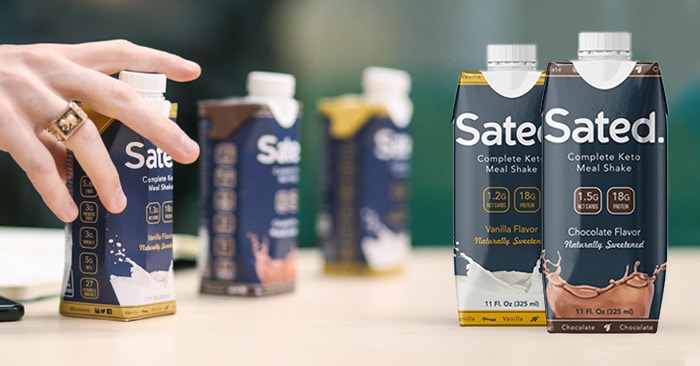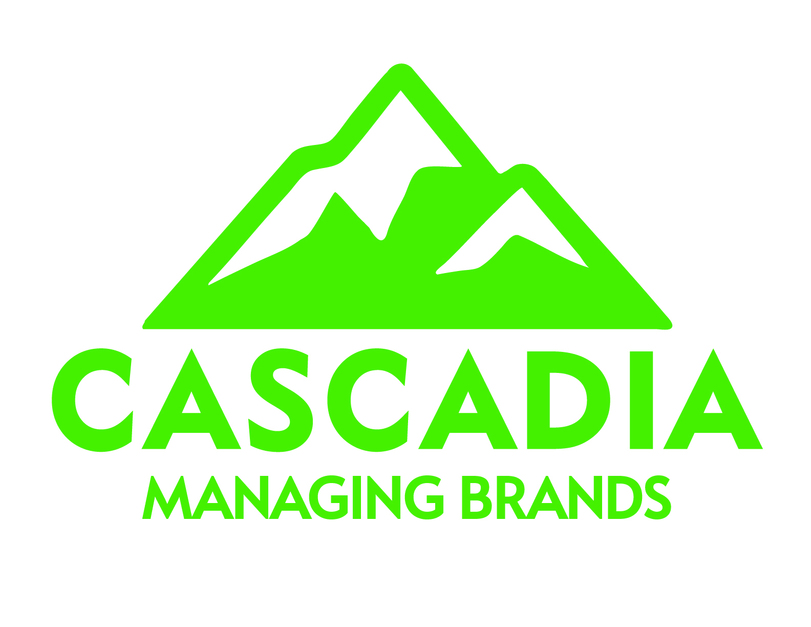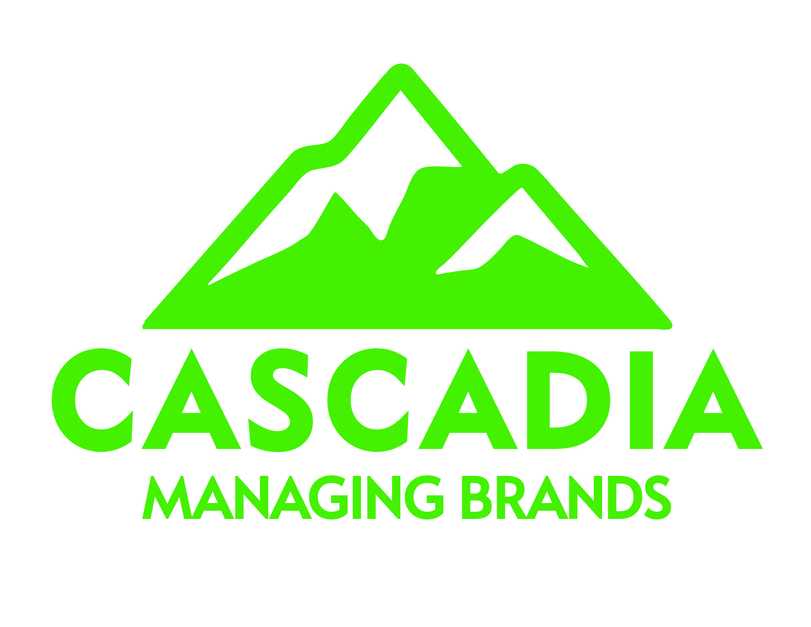Keto and Co Grows into Retail, Invests in ‘Casual’ Consumers

Keto food and beverage brand Keto and Co found a dedicated consumer base online, but now the brand sees promise in reaching more consumers who are less strictly adherents of the ketogenic diet but for whom its attributes — low carbohydrates and low sugar — are also appealing. To do that, the brand will focus on expanding into more retailers, adding over 3,000 new doors in the coming months.
Founded in 2014, the Massachusetts-based company has a platform of “keto alternatives to things [keto consumers] miss” that sells online and in roughly 650 stores, CEO Ted Tieken said. While 80% of sales comes from the brand’s baking mixes, the company has expanded to include granola, shelf-stable riced vegetables, beverages and a patent-pending sugar replacement, Wondrose, which the brand originally created for use in its baking mixes, according to Tieken.
With its sales up 400% year-over-year across channels, the brand is shifting its focus toward brick-and-mortar expansion. Already in Wegmans, Hy-Vee, Erewhon, Rouse’s and United Supermarkets, the brand also added 300 Whole Foods stores in March. Further rollout into the rest of Whole Foods Market, Kroger, Raley’s, Savemart and Bristol Farms, along with Sprouts and Roche Bros, which were delayed due to the COVID-19 pandemic, will be complete by the end of the year.

Tieken believes that launching online gave the brand a leg up in entering retail, allowing the company to prove out its concept and refine its product line.
“We’re able to go to grocery buyers with a proposition they’ve never seen before, and [they can] be first to shelf with a product that’s already been proven,” Tieken said. “It’s a set of attributes most grocery buyers haven’t seen — and when they see it they have gotten pretty excited.”
He added that until now, Keto and Co lacked the manpower for a full retail launch, but hired a sales team six months ago.
“It takes a significant amount of time to do that correctly,” he said. “We didn’t jump into it blindly, [but] knowing that we really were ready.”
The company is mostly self-funded, having raised under $1 million in equity last year, with plans for a Series A round in 2021, Tieken said. When the brand started, the keto market had just begun to emerge online, he said, but Keto and Co’s research recently found it has now expanded, developing more mass appeal, with 3% of the population following the diet.
That number matters, Tieken explained, because the gluten-free and paleo food markets took off once 3% of the population followed those diets. Now is the right time to hit retail, he said, and in two years the company will fully understand the brick-and-mortar environment to better determine in-store placements. But with benefits to both e-comm and brick-and-mortar, Tieken said the brand is still “enthusiastically omnichannel” and wants customers to shop where they feel comfortable.
Although there may be more products entering stores, Tieken said that for the dedicated keto consumer, Keto and Co stands out by listing net carbs to the tenth of a gram on its packaging. Tieken also sees an opportunity beyond this segment: although half of consumers who purchase Keto and Co’s products say they follow the keto diet, the other half simply want a “lower-guilt” option, he said. Entering more traditional retailers will allow opportunity to grow this “casual” consumer base by offering better-for-you options next to more conventional ones.
“We don’t want to be a plate of brownies that only a diabetic eats that taste like cardboard,” he said. “We want to be one of the best brownies you can have — sugar-free or not. Our goal is to measurably reduce the obesity rate; with that as our guiding star, we can’t ignore 97% of the market.”
To grow as a “multisegment brand,” the company moved from self-manufacturing to using five copackers. Trying to make every product themselves was “limiting [their] creativity,” he said, and having copackers can help the brand continue to innovate into new segments.

This shift in production is most apparent in the brand’s move into beverage with the relaunch of sub-brand Sated, a ready-to-drink meal replacement shake that was previously sold as a powder. The new, more “retail-friendly” format was set to launch at Expo West, but is a direct-to-consumer offering for now, Tieken said. Positioned as an extension of Keto and Co’s other beverage brand, Keto One, moving forward, the company may combine them under one beverage platform, Tieken said, while Keto and Co continues to expand in food items.
As it grows into retail, the company also hopes to retain its core, original audience of keto shoppers. Though it may seem like a crowded market, there’s still space for more products that prioritize keto consumers with accurate nutrition information but also appeal to a wide range of palates, and by doing both, he said, the brand’s velocity is above the category norm. After finding its legs online and with more brands jumping in, the keto market is certainly ready to move more mainstream, Tieken noted.
“We’re in the third inning of keto,” he said. “It’s getting crowded, but not that crowded.”
















